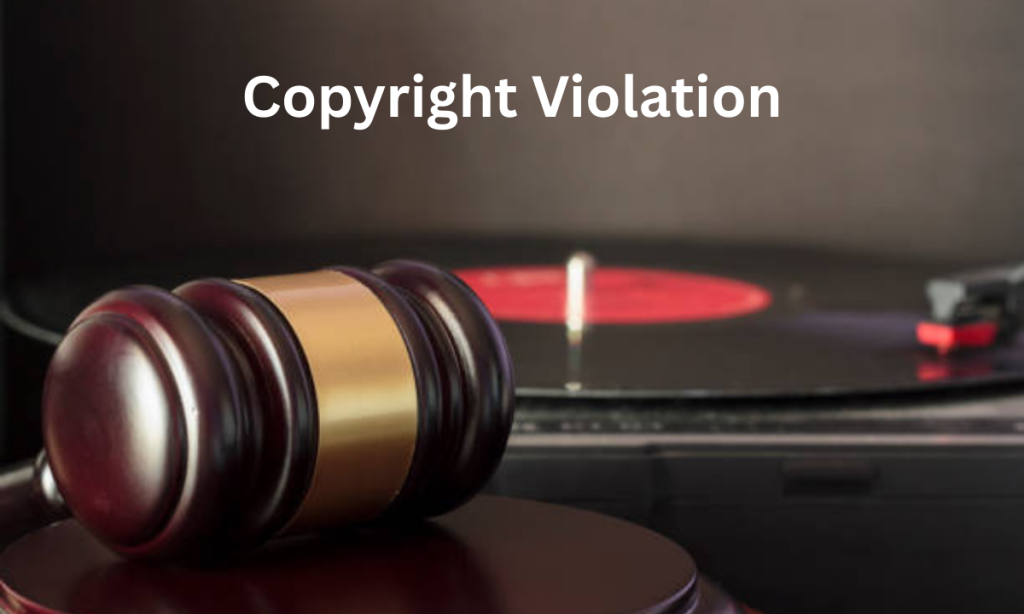Why this case matters
The Court has squarely addressed how to read pre-internet copyright assignments in today’s streaming/advertising ecosystem. Where an assignment uses expansive language (e.g., “by any and every means whatsoever”), the assignee’s rights are not confined to vinyl/cassettes/physical formats and extend to digital and other future media, unless the contract says otherwise.
Background & Procedural History
- The dispute traces to songs from films produced by the late O.P. Ralhan. His daughter, Rupali P. Shah, sued, alleging that advertisements used the songs without a valid licence or that the assignee’s rights did not include non-physical/digital modes.
- Interim and case-management orders were passed over the years (2012, 2020, 2023). The final merits judgment came on June 11, 2025, dismissing the suit.
Issues Framed
- Scope of old assignments: Do perpetual assignments executed decades ago cover non-physical / digital exploitation?
- Right to license: Did the assignee (Saregama) hold a perpetual right to exploit and sub-license the songs for advertising?
- Infringement & remedies: Was the advertiser (Adani Wilmar) protected by a valid licence? Any damages or injunction warranted?
The Court’s Key Findings
1) Perpetual assignment = technology-neutral, if wording is broad
Interpreting assignment clauses (notably one stating exploitation “by any and every means whatsoever”), the Court held such language naturally encompasses new and non-physical media. Attempts to limit the grant to physical formats were rejected.
2) Conduct and royalty trail support a wide grant
The Court considered the course of dealing: acceptance of royalty over time (including for non-physical exploitation) and communications acknowledging the broad rights. This further supported a wide interpretation.
3) Advertiser was licensed; no infringement
A 2011 licence from Saregama to Adani Wilmar for the impugned use was proved. Given the assignee’s perpetual rights, the advertiser’s use stood protected.
4) No injunction or damages; accounts/royalties to be worked out
With no infringement, damages failed; injunctive relief was declined. The Court noted parties could work out royalties under the contracts and prior directions for rendering of accounts. The suit was dismissed with the parties bearing their costs.
Relationship with Copyright Act Amendments
The plaintiff relied on post-assignment statutory changes (1983/1994/2012 amendments, including the 2012 proviso to Section 18). The Court clarified that contracts are interpreted as per the law at the time of execution, and expansive assignment wording then in force controls the parties’ rights, while later amendments do not retro-limit a previously valid broad grant.
Practical Takeaways for Rights Owners, Labels & Brands
Catalog Owners / Assignees
- Audit your historical deeds: If wording is expansive (e.g., “all rights by any and every means whatsoever/in all media now known or hereafter developed”), you likely have technology-neutral coverage. Keep licence chains(proof of permissions) tidy.
- Maintain royalty evidence: Consistent royalty payments/acceptance bolster your interpretation.
Estates / Producers / Heirs
- Contract text rules: Absent explicit limitations, courts may treat old “perpetual” assignments as covering digital exploitations. Claims premised on a physical-media limitation face headwinds.
- Focus on remuneration: Even where exploitation is permitted, royalty accounting may still be due—pursue clear statements of account and audit rights under the agreements.
Advertisers / Brands & Agencies
- Licence from the chain of title: Secure licences from the assignee of record (labels like Saregama) and document the scope/term/territory. The Court accepted a 2011 licence as a complete defence to infringement.
How does this fit with earlier Bombay HC orders in the same matter
The litigation has seen multiple interim and later orders (2012 notice-of-motion, 2020/2023 orders). The 2025 final judgment resolves the merits and provides definitive guidance on the scope of the assignments and licensing.





